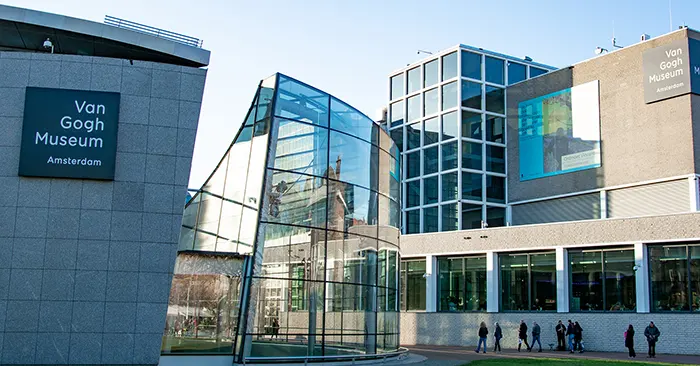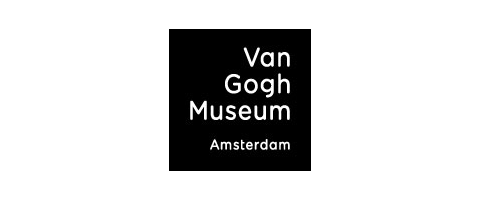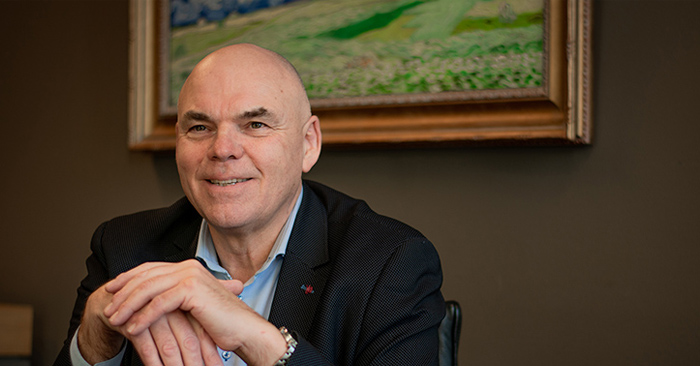
“We want to be flexible. That is the main reason for introducing FlexWhere”
Willem Zegers, Head of ICT at the Van Gogh Museum

Step by step, the Van Gogh Museum is introducing hot desking and agile working. It started a few years ago with the move to a new head office near the museum in Amsterdam. After the successful introduction of FlexWhere, the museum is now also setting up its second office location for hot desking. Willem Zegers, Head of ICT, and his colleague and ICT Service employee Andries Feith explain how this works.
"In 2017, we moved to a beautiful, old school building right across the street from the museum", says Zegers. “That was the moment for us to embrace desk sharing. There‘s less space in the school than in our old head office. We have about 150 workplaces there."
“A large number of our 350 employees work part-time. Desk sharing therefore saves a lot of money. In addition, we started working with other equipment, such as thin clients. But we wanted to be even more flexible. That‘s our main reason for introducing hot desking."
We were looking for a system with which we could find colleagues.
Andries Feith: “We were looking for a system that shows where colleagues are, but also shows the occupancy rate of desks. We found our solution in FlexWhere. We also introduced Slack right away. Nevertheless, FlexWhere appears to be the most popular way to search for colleagues. The ’Find your colleague‘ function is very handy."
"Hot desking saves costs, but the main reason is that we want to work flexibly." - Willem Zegers
"At the time, we deliberately chose to set up FlexWhere as a pilot. This means that we didn‘t put up any screens in the entrance where employees could see where the free workplaces are located." That had its drawbacks, Zegers adds. “We received complaints that many employees couldn‘t find a free workplace, even though FlexWhere‘s statistics showed that there were available places."
"In the FlexWhere app you can see which workstations are available", says Andries Feith. “Because we only work with hot desking in one office, the app wasn‘t used very often. Now that we are also setting up our other office with desk sharing, I expect that many more colleagues will install the app. Then they can decide in the train in which building they want to work that day."
Workplace management in FlexWhere
The renovation of the second location is a key reason to take a close look at workplace management again, says Zegers. “We‘re going to put up screens and we want to optimise the workplaces. We hear from employees that they are missing a quiet spot. They also ask for a place where they can make an undisturbed phone call. That‘s what we‘re going to add. And that‘s very easy with FlexWhere."
“We‘re creating more landing spots and there‘s a work cafe. This is being used more and more for small meetings. You can also see that people sit there with their laptops. They use FlexWhere to indicate where they are."

"We want meeting rooms to be flexible. Then FlexWhere is very handy" - Willem Zegers
"The museum regularly has projects", says Zegers. “Employees should be able to sit together for a couple of months. That‘s why we provide project places where a group of people can work together”, says Zegers.
“We‘re doing away with a large meeting room for that purpose. But if it‘s not being used, you can still use it for meetings. In that case, FlexWhere‘s flexibility is very handy.”
Screens in meeting rooms allow you to override no-shows
Zegers also wants availability screens outside the meeting rooms. “When we started with FlexWhere, we didn‘t think we would need them. Now we see that meeting rooms are often booked but not freed up if the meeting doesn‘t go ahead. The screens allow people to override an unused booking. Although, of course, we also have to work on awareness."
“Agile working requires a culture change”, says Zegers. “You can‘t do that without FlexWhere."